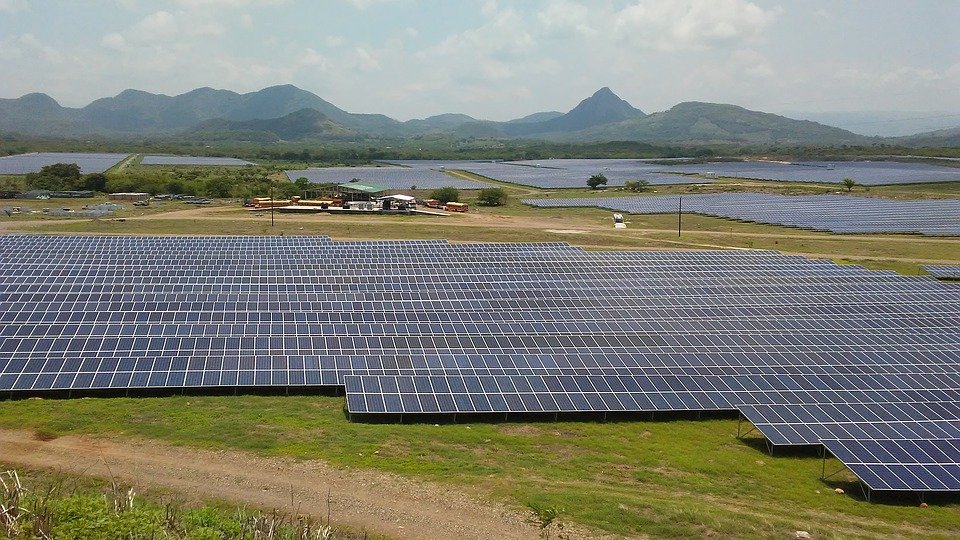Making Your Own Solar Power Station - Is it Possible?

Solar power is the most abundant energy source available to us and the sun is constantly providing us with solar energy. Solar power is heat from the Sun and radiant light converted into electrical energy with the use of a host of ever-changing technologies including solar photovoltaic, photothermal power, solar thermal power, solar architecture, artificial photosynthesis and algae power. Some of the solar technologies include solar water-heating, solar energy for fuel and solar photovoltaic systems. Solar cells are a crucial part of any solar power technology project. Solar cells harness the energy from the Sun through the photoelectric effect and so need to be packaged and designed carefully.
Photovoltaic (PV) solar cells are used for the future of clean solar energy. The PV solar cell is constructed to have both a thin wafer-thin crystalline silicon absorber along with thin plates of metal that focus the sun's rays onto the solar cell's photovoltaic core. Once the solar cells are charged, they create an electric current and this current is routed via wires to solar panels which convert the solar energy to usable household voltage. Connecting all solar panels together creates what is known as a solar power generator. The size of the solar generator will depend on the amount of solar cells that have been installed.
There are two types of solar power stations; solar concentric power stations and solar thermal power stations. A solar concentric power station incorporates both solar concentric and direct-vent systems to create electricity. Solar thermal power stations utilise steam, water or air to create electricity. One solar concentric power station can supply enough electricity for one town's electricity needs. However, it will not be able to provide the electricity required for the whole national grid. Solar thermal power stations use the same technology to create electricity but are more efficient than the former. Visit https://blueravensolar.com/utah/orem/ to learn more about
The cost of creating a solar power station will depend largely on the energy it can produce. In order to extract energy from the sun, it must be placed in an area that receives a high concentration of sunlight. The solar cells will become damaged if they are exposed to too much sunlight, which is why many companies that install solar energy generators also install'solar farms' or'solar panels.' A solar panel consists of a series of solar cells that are interconnected through wiring. When sunlight hits a solar cell, electrons are knocked loose. These electrons travel to the next solar cell on the inverter's wiring, where they are transformed into usable electricity by the electricity generator.
Some people might object to the use of solar cookers because of their associated costs. However, most of these costs can be offset through government rebates or government programs that automatically reduce your electrical utility bill. For example, in the state of California, solar energy companies are mandated to buy credits from solar electric generating plants.
There are many things you can do to make your own solar power station. To begin with, you can skip buying a solar cell. If you are going to use the sun for cooking, you can simply use a box filled with sand and water to create the pressure points necessary to drive water or air through the sand. You can also make a solar cooker using solar cells. These cookers do not require direct sunlight, but you can add additional solar cells and cook pans to increase the temperature of the water or fuel used to heat the water. If you probably want to get more enlightened on this topic, then click on this related post: https://en.wikipedia.org/wiki/Renewable_energy.
